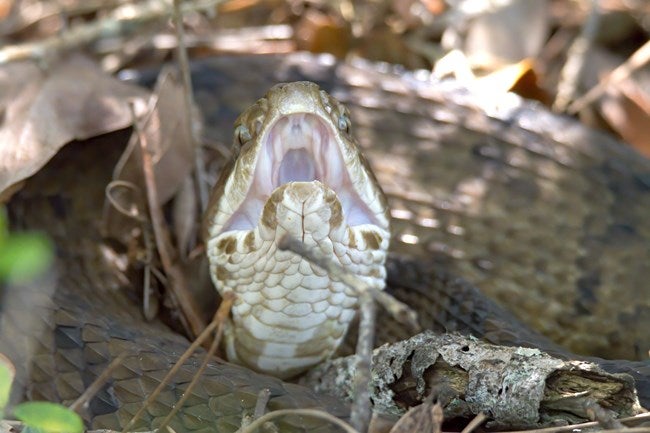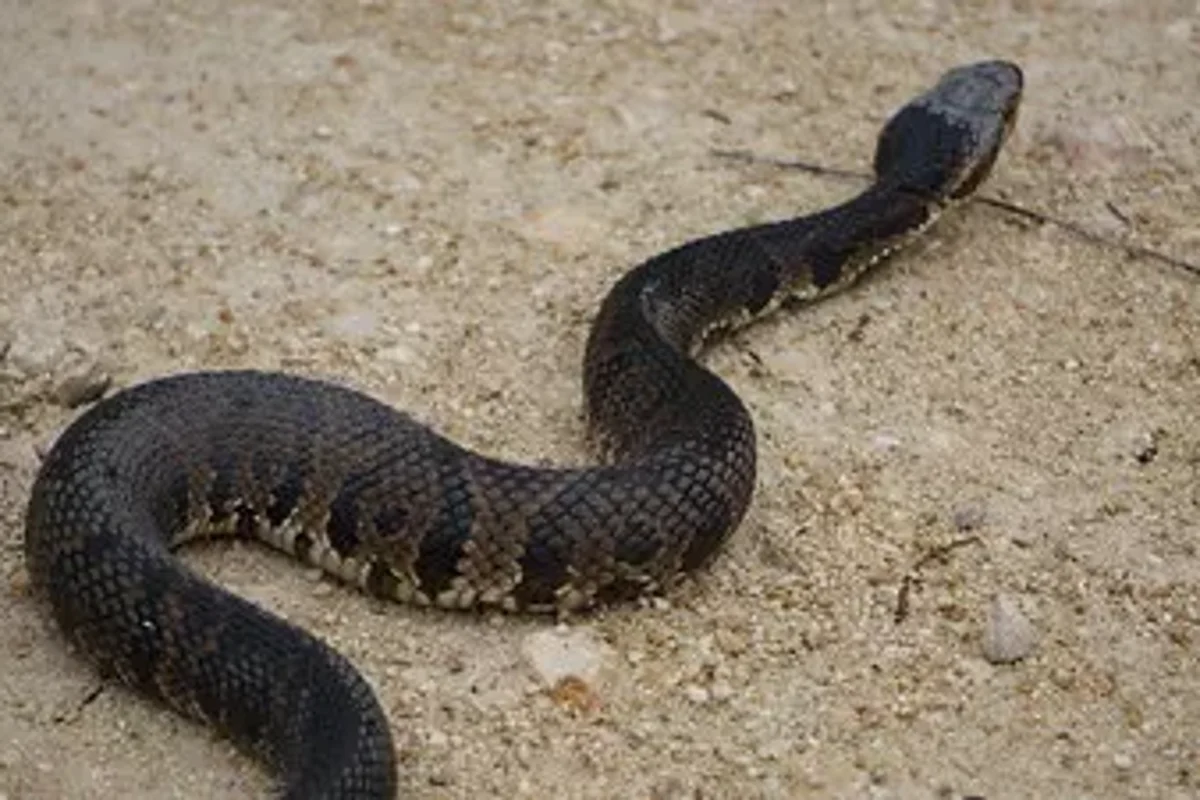Your support helps us to tell the story
From reproductive rights to climate change to Big Tech, The Independent is on the ground when the story is developing. Whether it’s investigating the financials of Elon Musk’s pro-Trump PAC or producing our latest documentary, ‘The A Word’, which shines a light on the American women fighting for reproductive rights, we know how important it is to parse out the facts from the messaging.
At such a critical moment in US history, we need reporters on the ground. Your donation allows us to keep sending journalists to speak to both sides of the story.
The Independent is trusted by Americans across the entire political spectrum. And unlike many other quality news outlets, we choose not to lock Americans out of our reporting and analysis with paywalls. We believe quality journalism should be available to everyone, paid for by those who can afford it.
Your support makes all the difference.Read more
A recent influx of heavy rain in Florida has forced venomous snakes to flee their natural habitats and retreat toward drier ground – encroaching on unsuspecting residents, according to a report.
Increased rain showers along Florida’s Space Coast, a stretch of the Sunshine State’s eastern coastline near the Kennedy Space Center, have disrupted the lives of many Brevard County residents who say they are seeing more of the scary serpents out and about than before, Fox 35 Orlando reported.
Residents have observed cottonmouths, also known as water moccasins, a species that is native to Florida and typically found in swampy or marshy areas, Florida Fish and Wildlife Conservation Commission said.
However, during extreme flooding, the snakes are known to end up in unusual places.
While the venomous reptiles typically prefer wetter terrain, Floridians have reported seeing them near their homes, places of work and even outside restaurants.

open image in gallery
Heavy rain in Florida has caused cottonmouth snakes to flee their natural habitats, and locals are finding them in unusual spaces (National Park Service)
The owners of Camp Holly, an airboat ride business in Melbourne, a city southeast of Orlando, urged customers on social media to be vigilant as the dangerous snakes had been spotted on dry land at their business.
“This is your warning: What you’re seeing is a child-killing cottonmouth snake,” the business warned on Facebook, along with a photo of a snake.
“Right now, these snakes (and others) are occupying every inch of dry ground out in the marsh. If you think there’s a safe, dry patch of land — you’re wrong,” they wrote.
Owner Curt McKinney told Fox he was bitten by a cottonmouth snake when he was in his 20s. “It almost killed me. It took six months out of my life immediately because my legs were swollen up,” he said.

open image in gallery
The snakes are called cottonmouths because the inside of their mouths, which they display when threatened, are white (National Park Service)
Cottonmouths are found in several southeastern states, including Florida and Georgia. They’re called cottonmouths because the inside of their mouths, which they display when threatened, are white, according to LiveScience.
They are often confused with a nonvenomous water snake species, that has similar coloring and patterns, and is often found near water. However, water snakes are skinnier and lighter than cottonmouths. Water snakes’ pupils are also round, not vertical like the more dangerous species.
Cottonmouths, which range from 30 to 48 inches in length, rarely bite humans and usually do only when they are provoked, according to the outlet.
Floridians are warned to remain cautious, as officials say any bite is an emergency that would require immediate medical treatment.

